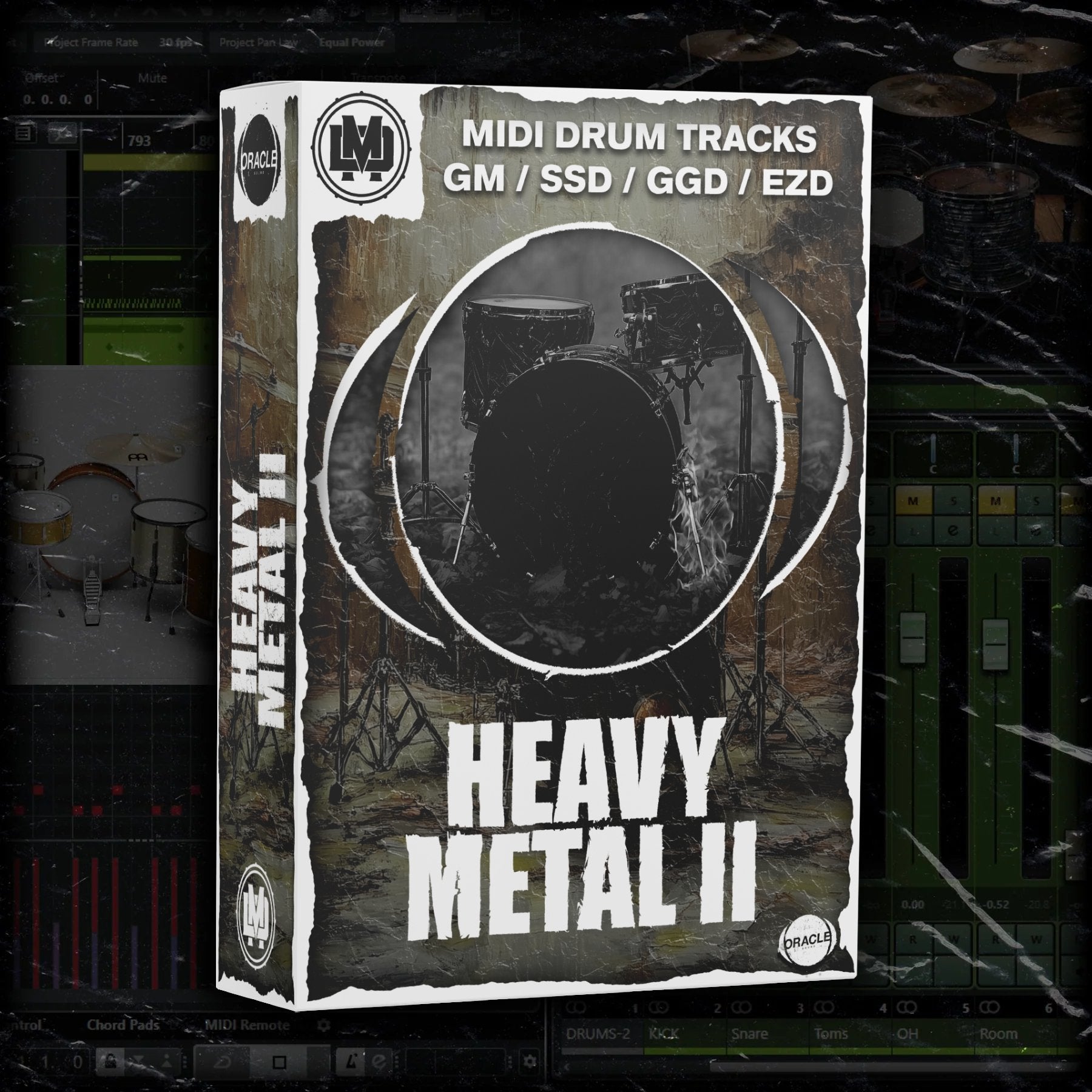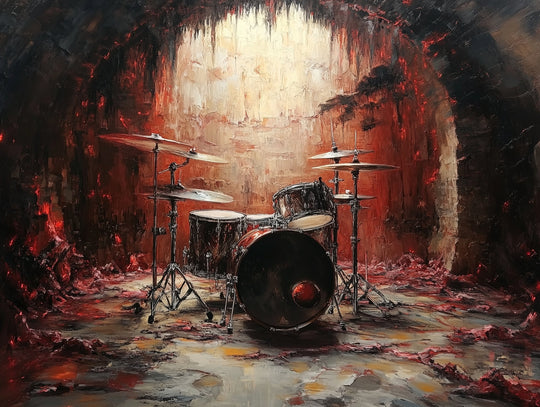Beginner’s Guide to MIDI Drum Patterns
Beginner’s Guide to MIDI Drum Patterns
Blog Article
MIDI drum habits are in the core of modern audio production. They allow musicians and manufacturers to create powerful, flexible beats that get a track's rhythm. Whether you're a novice or an experienced maker, understanding the fundamentals of creating midi drum grooves can elevate your music generation skills. That guide covers all you need to know—from fundamental concepts to advanced techniques—to hobby convincing drum patterns tailored to your music.
What Are MIDI Drum Habits?
MIDI (Musical Instrument Digital Interface) drum designs are digitally developed sequences of drum beats programmed in a DAW (Digital Sound Workstation). Unlike recorded music, MIDI information contains information regarding the timing, frequency, velocity, and length of notes, providing total get a handle on over all facets of the beat.
With MIDI, producers can try out endless drum systems, adjust rhythms, and coating appears to create defeats for styles including hip-hop to digital to rock. The versatility of MIDI helps it be a vital tool for music production.

The Creating Prevents of a Drum Design
Developing a good MIDI drum sample starts with knowledge the components of a drum set and their functions in surrounding rhythm:
Kick Drum: Forms the inspiration of the beat. It offers the thud or low-end strike that drives the rhythm.
Snare Drum:Adds power and emphasis, frequently creating the snap noise heard on the next and 4th beats in lots of genres.
Hi-Hats: These come in two types (closed and open) and include rhythm and variance with consistent patterns.
Toms: Fill in changes or include dynamics to your patterns.
Accident and Journey Cymbals: Useful for highlights and to mark transitions within a song.
Steps to Produce MIDI Drum Habits
Step 1: Focus on a Basic Pattern
Lay out an easy 4/4 beat. Work with a stop drum on defeats 1 and 3 and a snare on defeats 2 and 4. Put regular hi-hats on every eighth observe to keep the beat moving. That ensures a strong foundation.
Stage 2: Put Complexity
After your fundamental beat is in place, add variation. Include offbeat hi-hat visits, ghost records on the snare, or syncopation to make a dance that feels living and engaging.
Stage 3: Focus on Pace and Humanization
One common trouble with MIDI drum styles is that they can noise automatic if every observe is played at exactly the same velocity. Modify velocities to imitate the character of a real drummer's performance. Moreover, test out slight moment changes to humanize the rhythm.
Stage 4: Incorporate Floods and Transitions
Drum fills are important for noticing transitions between track sections. Use tom sheets, snare floods, or cymbal accidents to include pleasure and movement to your designs, maintaining fans engaged.

Step 5: Try out Genres
Discover various genres to grow your understanding of drum patterns. Hip-hop beats might function swung hi-hats and syncopated shoes, while digital music often uses delicate grid-based coding and split percussion.
Strategies for Elevating Your Beats
Layer Your Appears: Mix products or drum seems to generate bigger, more uneven beats.
Use Consequences Tastefully: Put reverb, wait, or pressure to individual drum aspects for a more refined sound.
Study Real Drummers: Analyze drum shows in your chosen tunes to know rhythm and rhythm styles better.
Uncover Countless Creativity with MIDI
Mastering MIDI drum patterns lets you innovate and conform beats to meet up the needs of any track. By mixing complex detail with innovative analysis, you are able to art rhythms that push your audio and keep a lasting impact. Begin discovering today and touch to the boundless opportunities of MIDI for your drum production.
Report this page